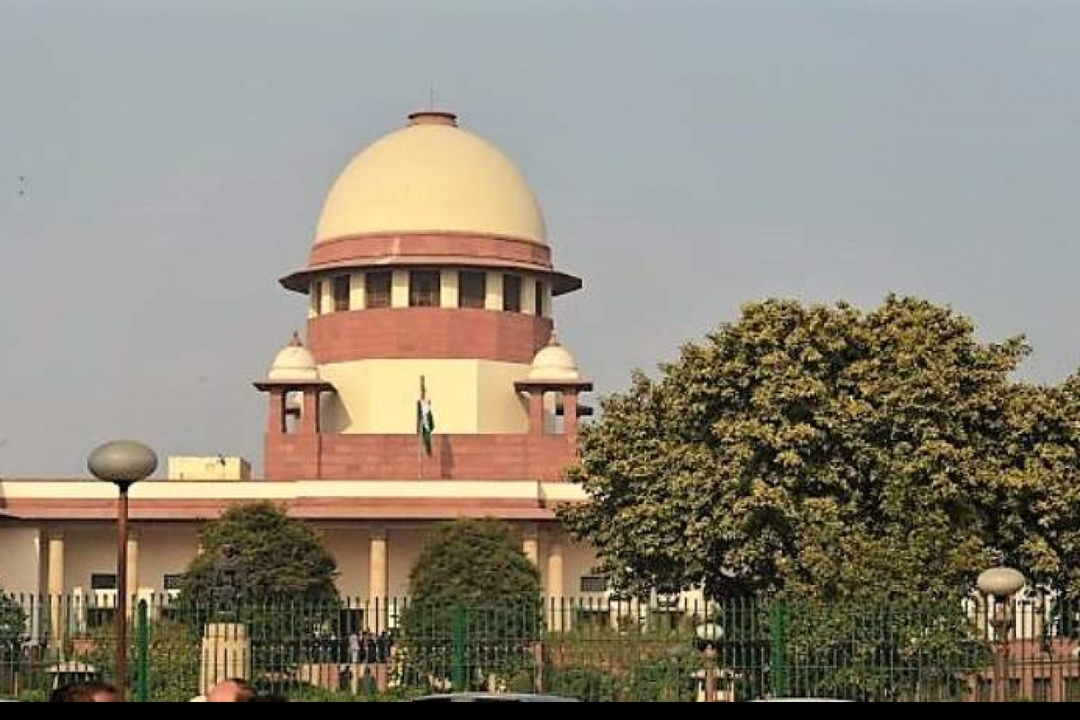Understanding Recent Rulings That Impact Everyday Life
If you’ve ever wondered why a news headline talks about a Supreme Court ruling, you’re not alone. Court decisions can change how we live, work, and even shop. In the past few months, India’s top courts have handed down rulings on everything from women’s residency rights to the validity of certain marriage acts. Let’s break down what these rulings mean for you, without the legal jargon.
Why Court Rulings Matter
First off, a ruling isn’t just a footnote in a law book – it’s a concrete rule that affects real people. Take the recent decision granting women the right to reside in their in‑laws’ shared household. Before this, many women faced uncertainty about where they could live after marriage. The Supreme Court’s stance now makes it clear that a husband must ensure his wife has a safe place at home, and the in‑laws can’t push her out. This protects millions of women and puts pressure on families to respect basic rights.
Another example is the stay on the High Court order that labeled Arya Samaj marriages invalid. The Supreme Court stepped in, saying overturning those marriages would cause chaos for thousands of couples. By staying the order, the court kept those marriages legally recognized, saving people from potential legal battles and social stigma.
These rulings ripple out to other areas too. When a court decides on a specific issue, lower courts often follow the same reasoning. That means a single Supreme Court decision can shape the legal landscape across the country, influencing future cases and even policy making.
How to Stay Updated on New Decisions
Keeping track of every judgment might feel overwhelming, but a few simple habits make it easy. Bookmark official court websites – they post full judgments and summaries right after a ruling is delivered. Many news portals also have dedicated legal sections that break down complex judgments into bite‑size pieces.
Social media can be surprisingly helpful. Follow reputable legal journalists, law firms, or court pages on platforms like Twitter. They often share highlights and explain what the verdict means for the average person.
If you need details for a specific case, try searching the case name along with keywords like "Supreme Court" or "ruling". That usually brings up the full text or a reliable summary. And don’t forget to check out our own directory – we list contact details for consumer helplines and legal aid services, so you know where to go if a ruling affects you directly.
Bottom line: rulings shape our rights and responsibilities, whether it’s about where you can live, how a marriage is recognized, or what consumer protections apply. By staying informed, you can act quickly if a decision changes something that matters to you.
Got a specific ruling you’re curious about? Drop a comment or reach out through the contact info on our site. We’ll help you decode the legal language and see how it impacts your daily life.
Why is Supreme Court allowed to change its own ruling in India?
The Supreme Court of India is the highest court in India and has the power to change its own rulings. This is because the Constitution of India grants the Supreme Court the authority to review, modify, or reverse its own judgments. This power is granted to ensure the court is able to correct any errors it may have committed in previous cases. It also allows the court to make sure its judgments stay in line with contemporary societal needs and laws. The court can also use this power to clarify any ambiguities in its previous judgments. Therefore, the Supreme Court is allowed to change its own rulings to ensure justice is served properly.
